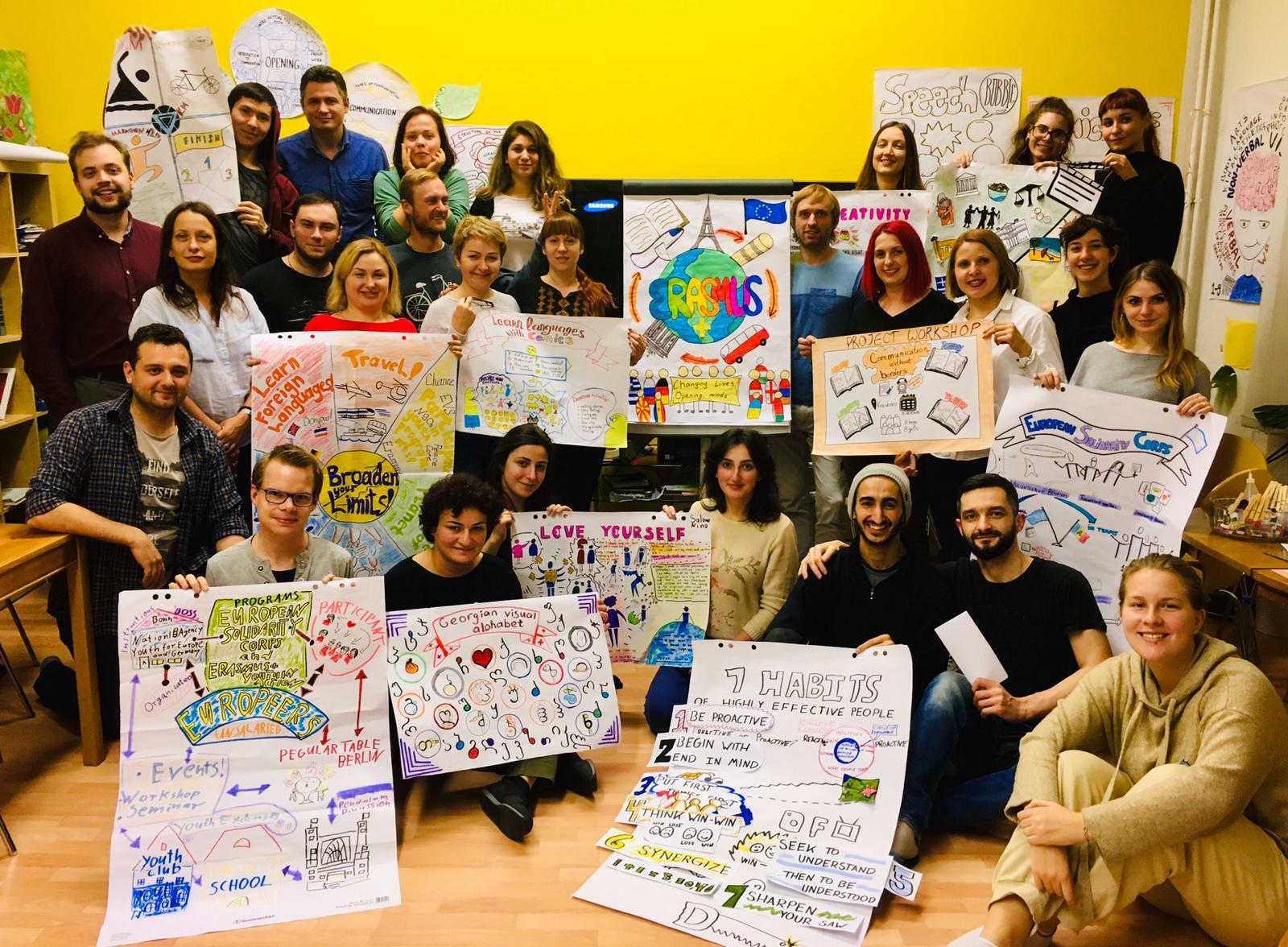

HBS Online does not provide electronic versions. Only hard copies of these documents are provided. Participants can expect to receive final decisions 30 to 60 days after the end of the program.įor those participants deemed eligible, credentials and certificates are mailed to the mailing address provided during course registration. Once the final deadline has passed, the HBS Online team begins evaluations to decide which participants are eligible for a credential (CORe) or certificate of completion (certificate programs). HBS Online will provide you with a final progress report at the end of the program. HBS Online also manages an optional cohort Facebook group, and, for those who earn their certificate, private LinkedIn and Facebook groups for ongoing networking with a global community of past HBS Online learners. We have a global Support Team, which is available via email 24/7 to resolve any technical or course-related issues participants may face. HBS Online provides ongoing email communications before, during, and after the course to keep learners informed and on track for completion. Your participants will have access to a number of services to help them succeed.

#Participation in non formal education quiz how to#
You will have access to a dedicated email address through which you can request changes to your cohort, ask for information, get advice on how to answer participant inquiries, and anything else you may need help with.

HBS Online has a Program Delivery team tasked with ensuring you stay informed and supported throughout your experience. These reports have useful data on progress and quiz scores (if applicable), and will highlight participants who may need further assistance. HBS Online will provide you with periodic progress reports letting you know exactly how each participant is faring in the course. Unlike our enrollment process for individuals, no application is required and no selection criteria will be applied by HBS Online. Organizations that enter into an official agreement with HBS Online determine the employees they would like to participate in a course or program. List your certificate on your LinkedIn profile under "Education" as follows:ĭegree: Other Certificate in įor program descriptions for LinkedIn, please refer to the course-specific FAQs. Grade: "Pass," "Pass with Honors," or "Pass with High Honors" as applicable List your credential on your LinkedIn profile under "Education" as follows:ĭates Attended: ĭegree: Other CORe Credential of Readiness The results highlight that in countries where general upper-secondary education dominates (type 6) those with vocational education are more likely to participate in NFE than in countries where school-based systems exist (type 5).Once you've earned your Certificate of Completion or Credential of Readiness, list it on your resume along with the date of completion like this: Unexpectedly, the differences between the two educational groups in training participation did not diminish over the life-course but increased for the 30-34 year olds. However, the same difference also appears in countries where general upper-secondary education dominates. In countries with higher specificity of vocational education, the difference in NFE participation between vocational and general upper-secondary education at the beginning of the work career is higher compared to countries where specificity is lower. Our results confirm the trade-off between short- and long-term benefits of vocational education. It presents a comparative analysis of European countries in different six types according to the skill specificity of the vocational education and training system, using the 2014 Labour Force Survey data. This paper analyses how the choice of vocational or general upper-secondary education affects future prospects of participation in non-formal education (NFE). The question of whether the potential short-term advantages of vocational qualifications are offset by disadvantages in later life is an important issue for policy debates.


 0 kommentar(er)
0 kommentar(er)
